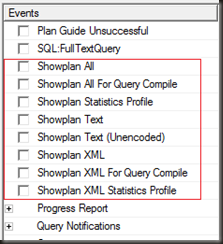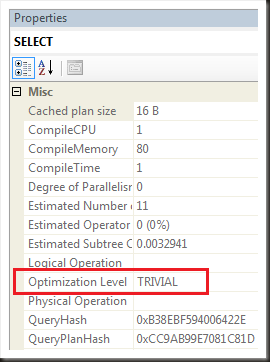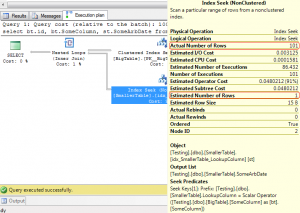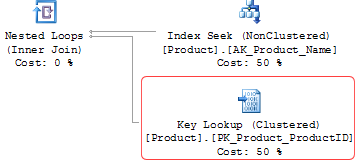Compiles and recompiles
I want to spend some time over the next few months looking at query compilation and the plan cache, and there’s a couple concepts that I want to get cleared up beforehand. The first of those is around two terms that are often used interchangeably, compile and recompile.
Compile
A compile occurs when a query is given to the query optimiser and, when it does a lookup into the plan cache, no matching plan is found. The optimism must then compile the query, generating an execution plan, must add that plan to the plan cache (in most cases) and then must pass that plan onto the query execution engine so that the query can be executed. (http://technet.microsoft.com/en-us/library/Cc966425)
Recompile
A recompile is something slightly different. For a recompile, the optimiser must find a matching plan when it queries the plan cache, must hand that cached plan over to the query execution engine and then while doing validation checks the execution engine must determine that then query plan is no longer valid and request the optimiser to partially or completely recompile the query. (http://technet.microsoft.com/en-us/library/Cc966425)
Subtle difference. Both cases result in the optimiser generating an execution plan, but the reasons can be different. Also worth noting is that a compile results in a new plan in the cache, a recompile simply replaces an existing plan.
Another difference since SQL 2005 – a compile is for the entire batch, but a recompile can be for just a single statement within the batch.
Now the theory’s dealt with, let’s look at some examples and see how we can track these two events and try and get a better understanding of which occurs when and how they look.
The tools I’m going to use to track these are performance monitor with the compiles/sec and recompiles/sec counters and SQL Profiler with the event SP:StmtRecompile event (there’s no profiler event for compilation). I’ll also check what’s in the plan cache after each test.
The first one’s going to be very simplistic, a query run against an empty plan cache.
DBCC FREEPROCCACHE GO EXEC dbo.OutStandingTotalByStatus GO
What we get from that is a non-zero value for SQL Compilations/sec (perfmon) and the following from profiler (The SQL Recompiles/sec remains 0)
and the plan cache now contains one plan with one use. (for more info on how the CacheMiss and CacheInsert events work, see https://www.sqlinthewild.co.za/index.php/2010/07/27/hit-and-miss/ and https://www.sqlinthewild.co.za/index.php/2010/08/31/come-and-gone/)
In this case, I hope it was clear, we had a compile occur (empty plan cache before, new plan added to cache).
Now what happens if, with no clearing of the cache nor anything else being done, I mark that procedure for recompile and run it again?












